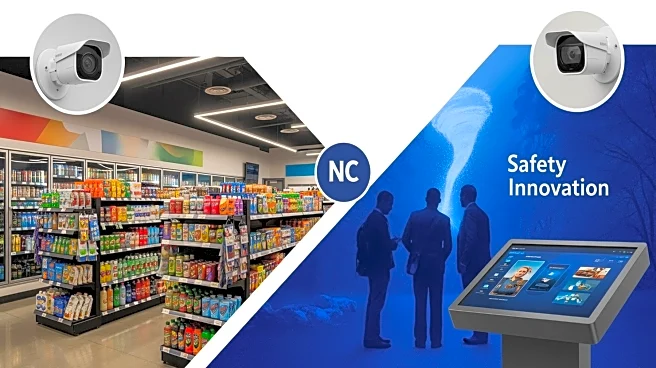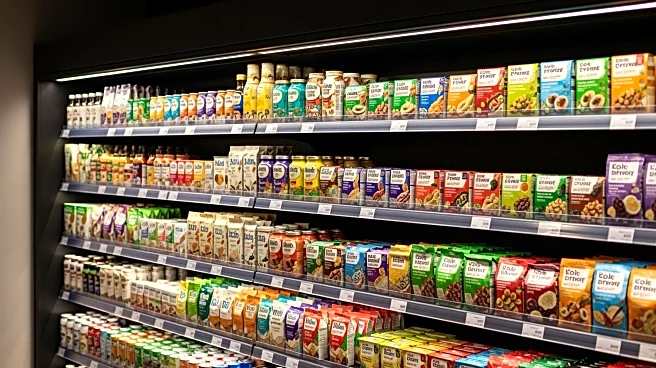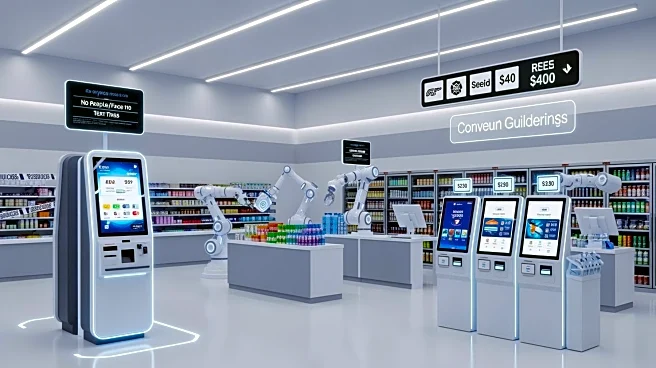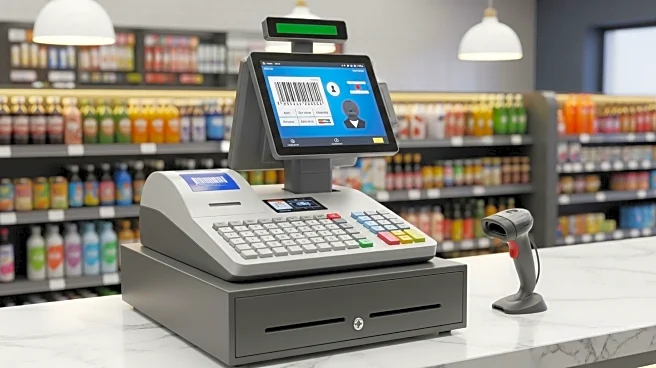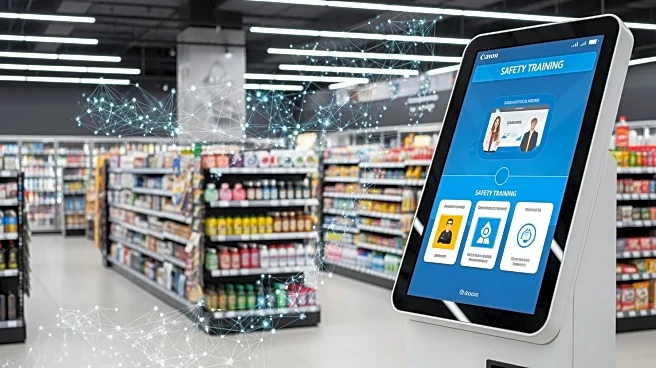What's Happening?
Sally Lyons Wyatt, a global executive vice president at Circana, revealed at the National Association of Convenience Stores Show in Chicago that consumers using GLP-1 medications for weight loss are five times more likely to shop at convenience stores
compared to non-users. This trend is attributed to the convenience stores' offerings of single-serve and small-sharing-size products, which align with the portion control needs of GLP-1 users. The demographic skew of GLP-1 users includes Gen Z, higher income individuals, and families with children. Despite the popularity of GLP-1 medications, 64% of users discontinue them within six months due to cost and side effects.
Why It's Important?
The preference of GLP-1 consumers for convenience stores highlights a significant opportunity for the convenience store industry to cater to this growing demographic. As these consumers seek portion-controlled products, convenience stores can capitalize on this demand by expanding their offerings. The trend also underscores the importance of understanding consumer behavior in relation to health and wellness products, which can drive sales and influence product development strategies. However, the high discontinuation rate of GLP-1 medications due to cost and side effects presents challenges for sustained market growth.
What's Next?
Convenience stores may consider expanding their product lines to include more health-conscious options that cater to GLP-1 users. Additionally, the industry could explore partnerships with pharmaceutical companies to offer promotions or discounts on GLP-1 medications, potentially reducing the cost barrier for consumers. Monitoring the evolving needs of this demographic will be crucial for maintaining relevance and competitiveness in the market.
Beyond the Headlines
The trend of GLP-1 users favoring convenience stores could lead to broader implications for the retail industry, including shifts in product placement and marketing strategies. As health and wellness continue to influence consumer choices, retailers may need to adapt by prioritizing transparency and sustainability in their offerings.



